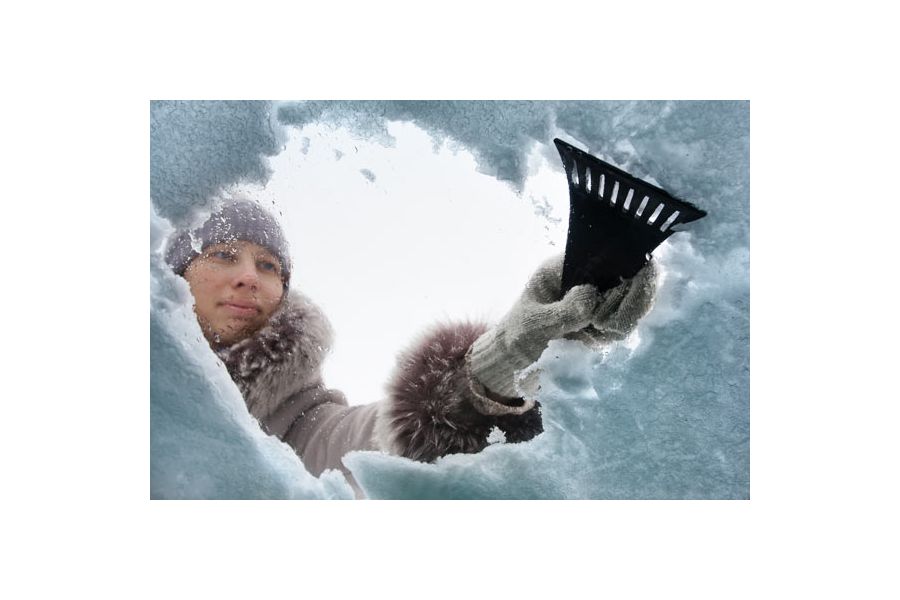Are You (And Your Car) Ready for Winter?

As the days grow short and temperatures begin to plunge, car care experts agree it’s time to ensure that your car or truck will be ready to handle the worst Old Man Winter can throw at it.
The easiest way to accomplish this is to have the vehicle examined by a technician, especially if it’s suffering mechanical issues including hard starts, rough idling, stalling and sluggish acceleration. Cold weather makes existing problems worse. Also, be sure to change the oil, have the brakes checked and have engine belts, hoses and filters changed if necessary.
If nothing else, have your car’s battery checked by a technician to ensure it will last the winter with its full cranking power intact. Make sure the battery contacts are clean and free from corrosion; if you see a white powder at the contacts, clean them off with a wire brush. If the battery is three or more years old, buying a new one will be cheap insurance that your car will continue to start on the coldest mornings.
Check the heater and defroster to ensure they’re in good working condition, and if it’s been two or more years since you last had it done, have the cooling system flushed and refilled with a fresh 50/50 mix of antifreeze and water to ensure proper cold weather engine protection.
Use a good-quality tire-pressure gauge to ensure your car’s tires – including the spare – are properly inflated to the air pressure recommended by the automaker (you’ll find this information in the vehicle’s owners’ manual and on a sticker in the door jamb). Cold weather typically causes a slight but significant drop in air pressure, and poorly inflated tires will adversely affect your vehicle’s traction and handling.
Examine the tread for excessive wear before the first snowfall hits. The traditional way to accomplish this is to insert a penny into the tread, and if you can see the top of Lincoln’s head (or see horizontal tread wear warning bands running across the tread) it’s time to replace the tire. If your car is equipped with so-called “summer” performance tires, have them swapped out for a set of all-season tires. Those living in northern climates – especially owners of rear-drive cars –should consider switching to a set of deep-tread snow tires for maximum traction.
Make sure your vehicle’s lights are all working properly, including the headlamps, taillights, turn signals, backup indicators, side-markers and map lights. Test the headlamps from time to time by shining them against a wall to see that they’re properly aimed, and be sure they’re clean and/or clear of ice and snow.
Don’t forget to change the windshield wiper blades before the onset of winter (and again in the spring) to ensure maximum visibility under changing conditions. Top off the washer fluid with antifreeze windshield wiper solvent and keep a jug of in the trunk – it goes more quickly than many motorists anticipate in winter months.
Be sure to keep a good-quality ice scraper in the car and keep a portable shovel and a bag of kitty litter in the trunk to throw under the wheels for added traction if you become stuck in the snow. Especially if you’ll be traveling “over the river and through the woods” in the weeks ahead, pack an emergency kit that, at the least, contains battery jumper cables, a blanket, heavy gloves and a set of boots, a flashlight and a first-aid kit.
Copyright © CTW Features